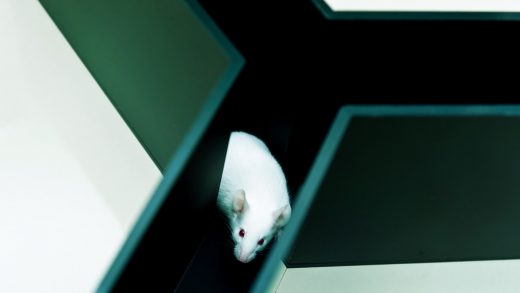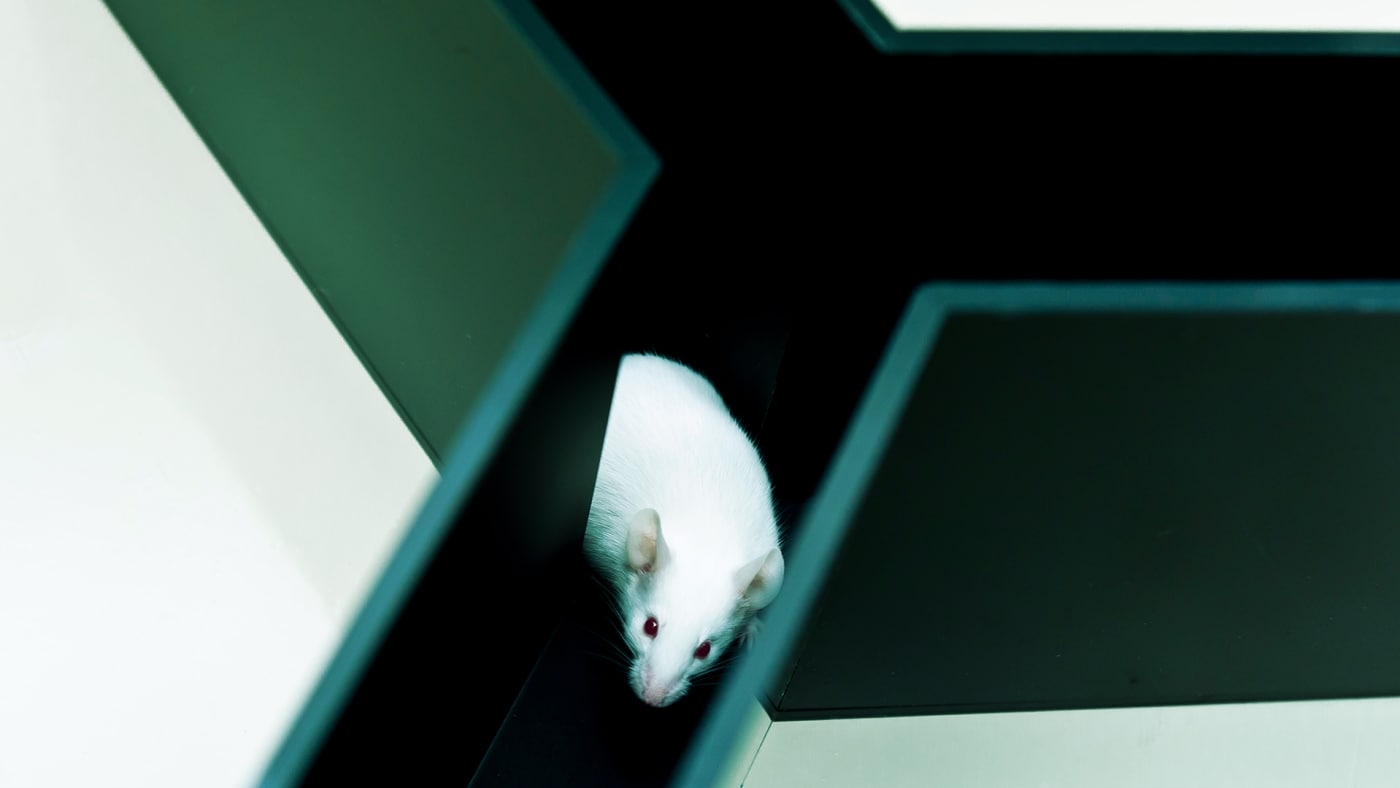DeepMind AI taught itself to navigate a maze like a mammal
An artificial intelligence system trained to track its own location evolved structures that are strikingly similar to mammalian brains, researchers say.
Researchers at DeepMind, Alphabet’s AI research arm, trained a complex digital neural network to track its position and direction as it scuttled through a simulated environment like a foraging lab rat, getting information about its changing velocity. That’s believed to roughly correspond to how mammals navigate in unfamiliar places and when it’s difficult to see, the researchers explain in a blog post.
As the system got better at tracking its changing speed to figure out where it ended up, the researchers found that parts of the neural network began to fire in honeycomb-like, hexagonal clusters, they write in a paper published in the prestigious journal Nature. That’s the same pattern found in neurons in real-life mammalian brains, where what are called “grid cells” organize themselves that way in an obscure structure called the entorhinal cortex believed to be critical for navigation. May-Britt Moser and Edvard I. Moser, a husband-and-wife research team, shared the 2014 Nobel Prize in physiology or medicine for discovering grid cells in mammals.
The DeepMind scientists integrated the location-tracking network, digital grid cells and all, into more complex neural network-powered bots they could train to navigate a virtual rat’s maze. Those bots were digitally dropped in at arbitrary locations in the maze and rewarded for finding their way to a fixed goal area, essentially the AI equivalent of a hunk of cheese.
“This agent performed at a super-human level, exceeding the ability of a professional game player, and exhibited the type of flexible navigation normally associated with animals, taking novel routes and shortcuts when they became available,” the researchers write.
When the scientists artificially muted the output of those grid cells, the bot had a harder time finding the goal. And when they replaced a part of the system indicating the grid cell output the last time the bot visited the goal with output from when it visited a random other part of the maze, the bot went instead to the random location.
“We believe our study constitutes an important step in understanding the fundamental computational purpose of grid cells in the brain and also highlights the benefits they afford to artificial agents,” they write. “The evidence provides compelling support for the theory that grid cells provide a Euclidean spatial framework–a concept of space–enabling vector-based navigation.”
The study also shows that artificial neural networks and AI systems can potentially be used to study the neurology of flesh-and-blood living things. While that was one of the early motivations for building artificial neural networks, it’s since taken a back seat to more immediate applications like speech recognition and image processing.
But as such techniques become more advanced, they could be useful to scientists probing the mysteries of the human brain–and possibly help avoid some of the ethical issues with experimenting on animals.
“In the future such networks may well provide a new way for scientists to conduct ‘experiments,’ suggesting new theories and even complementing some of the work that is currently conducted in animals,” the researchers write.
Fast Company , Read Full Story
(48)



